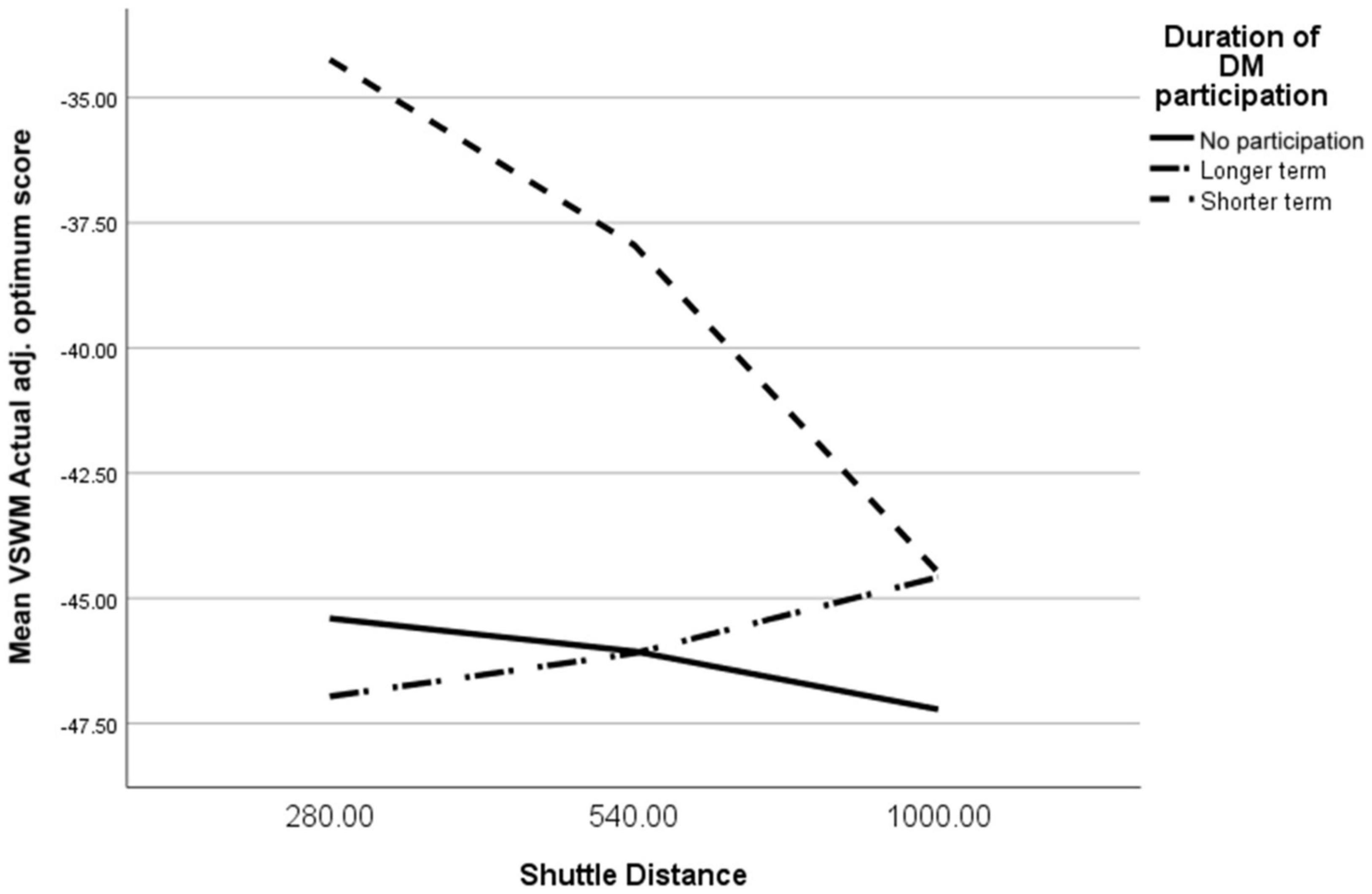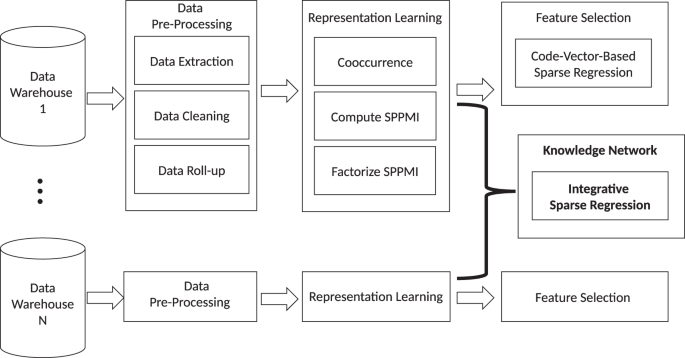コラーゲンに各種ミネラルを配合することで、この複合材料にストレスを与え、特に硬くて強い材料にすることができる Incorporating various minerals in collagen puts these composite materials under stress and makes them particularly hard and strong
2022-04-28 マックス・プランク研究所

Stressed by mineral particles: Scanning electron microscopy shows that nanocrystals of strontium carbonate have become embedded within the collagen fibres of a tendon. These put the collagen under strain in the same way as hydroxyapatite particles, which form the mineral component of bone. The fact that mineral substances create prestress in collagen fibers according to the principle that engineers also use in prestressed concrete is thus apparently a universal effect of mineralization.
© MPI of Colloids and Interfaces
・マックスプランク・コロイド・界面研究所の研究チームは、骨のミネラル成分を形成するハイドロキシアパタイトだけでなく、結晶構造の異なる他の鉱物が材料にプレストレスを生じさせることを確認しました。
・研究者らは、コラーゲンやミネラル粒子がタンパク質繊維の中で沈殿する際に、どのように応力が蓄積されるかを初めてライブで追跡しました。この研究成果は、医療用などに使用されるコラーゲンベースのハイブリッド材料の開発に役立つと考えられる。
<関連情報>
- https://www.mpg.de/18569011/bones-minerals-collagen?c=2249
- https://www.science.org/doi/10.1126/science.abm2664
コラーゲン線維にメガパスカルの収縮応力を発生させる鉱化現象 Mineralization generates megapascal contractile stresses in collagen fibrils
HANG PING,WOLFGANG WAGERMAIER,NILS HORBELT,ERNESTO SCOPPOLA,CHENGHAO LI,PETER WERNER,ZHENGYI FU AND PETER FRATZL
Science Published:7 Apr 2022
DOI: 10.1126/science.abm2664
Abstract
During bone formation, collagen fibrils mineralize with carbonated hydroxyapatite, leading to a hybrid material with excellent properties. Other minerals are also known to nucleate within collagen in vitro. For a series of strontium- and calcium-based minerals, we observed that their precipitation leads to a contraction of collagen fibrils, reaching stresses as large as several megapascals. The magnitude of the stress depends on the type and amount of mineral. Using in-operando synchrotron x-ray scattering, we analyzed the kinetics of mineral deposition. Whereas no contraction occurs when the mineral deposits outside fibrils only, intrafibrillar mineralization generates fibril contraction. This chemomechanical effect occurs with collagen fully immersed in water and generates a mineral-collagen composite with tensile fibers, reminiscent of the principle of reinforced concrete.


